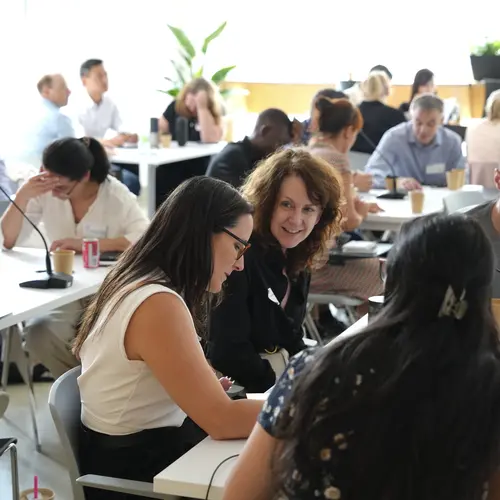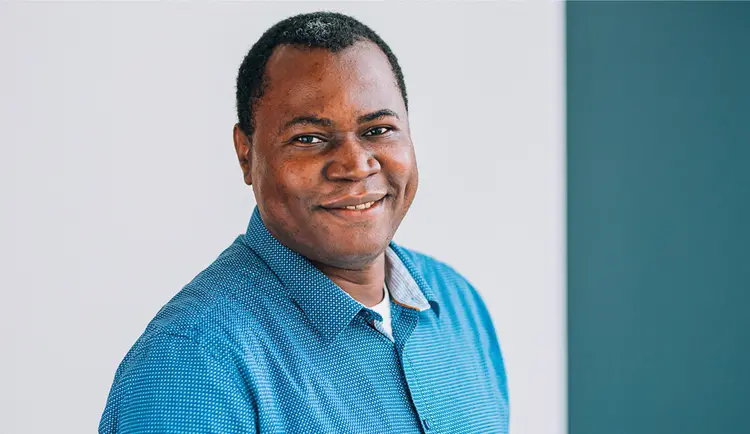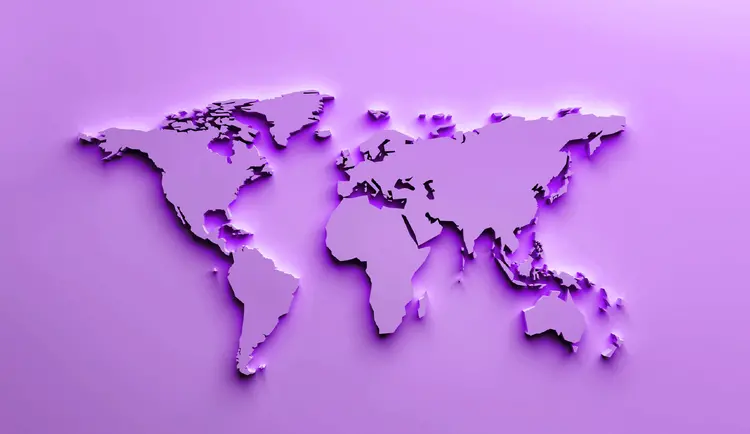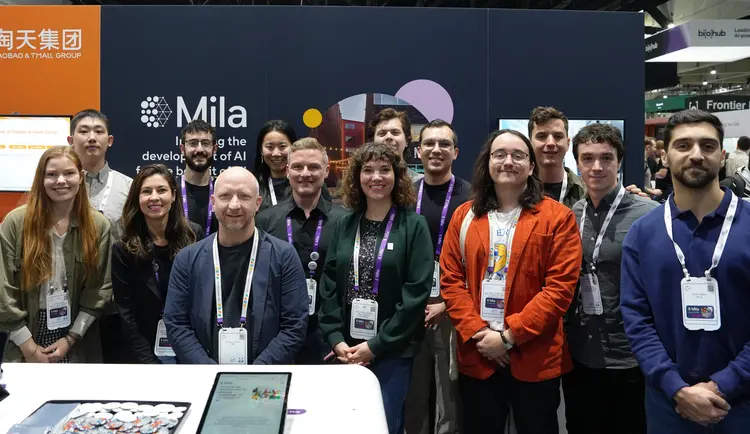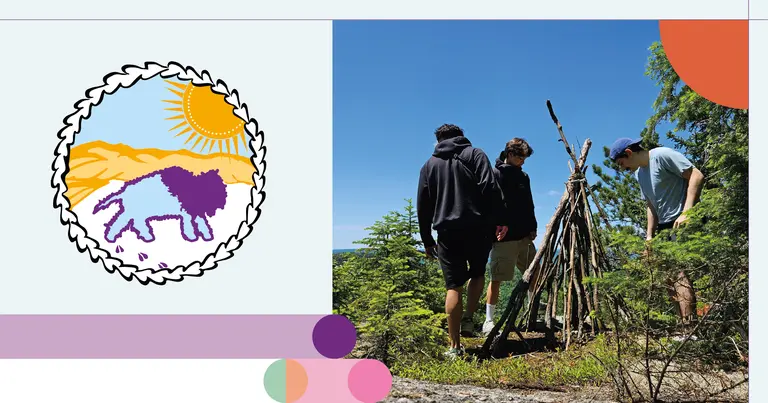
Launched in 2024, as a collaboration between Mila and Indspire, the Indigenous Pathfinders in AI program aims to inspire Indigenous talent to learn, develop, and lead the evolution of artificial intelligence (AI).
With the second cohort already in full swing, we spoke with four alumni: Kowen Woo, Mary Gallerneault, Garrett Hrechka, and Tiva Kawakami, to reflect on their journey since completing the program and learn more about their future projects.
From Hockey to Stock Markets: Ethically Guided AI
After participating in the program, Kowen Woo, embarked on various AI projects. In collaboration with two other members of his cohort, he co-developed GoalGuru, a hockey shot analysis tool. Using pose recognition and recurrent neural networks (LSTM), GoalGuru classifies shots as "good" or "bad". This project led them to an internship at Borealis AI, which concluded with a presentation to over a hundred people from the RBC group.
When discussing his experience in the Indigenous Pathfinders in AI program, the emphasis on ethical reflection stood out to him the most:
"The workshops really transformed my perspective on AI. They highlighted the importance of building intelligent systems in a holistic way. It inspired me to pursue my research with a strong ethical conscience."
This summer, Kowen Woo will also be interning in Dr. Sarath Chandar's lab at Mila, deepening his technical experience in AI research.
Solutions Designed for and by Indigenous Youth
For Mary Gallerneault and Garrett Hrechka, the program served as a springboard for the development of SAIGE, an AI-based scholarship matching tool aimed at facilitating access to financial support for Indigenous youth for their post-secondary studies.
They both agree that the program is an exceptional opportunity to surround oneself with a network of mentors and peers who inspire one to dream bigger.
For Mary, her participation in the program allowed her to step out of her comfort zone and, above all, to use her personal experience as a driver of innovation. Her advice to new participants is to cultivate their curiosity and surround themselves with people who share the same values.
As for Garrett Hrechka, the program had a considerable impact on his personal and professional development by giving him the motivation and ambition needed to complete his post-secondary studies and strengthen his work ethic.
Connecting Disciplines: Land, Art, and AI
After the program, Tiva, moved to Tkaronto/Toronto to pursue a master's degree in environmental studies at York University. Her research focuses on the relationships between humans and the Earth, at the intersection of environmental knowledge, artistic creation, and educational technologies.
She also participated in a workshop on landscape carbon in Denendeh/Yellowknife, where she co-led an introductory session on AI for local communities. This enriching experience was directly linked to the learnings acquired during the program.
What struck Tiva the most about her experience was the connections she made with her peers. She highlights their continued evolution after the program and how these relationships contribute to broadening her horizons.
A Lasting Impact
The paths of Kowen, Mary, Garrett, and Tiva illustrate the lasting impact of the Indigenous Pathfinders in AI program in research, entrepreneurship, education, and within communities themselves.
As AI takes an increasingly prominent place in our lives, the program participants are paving the way for a more inclusive, ethical, and grounded in Indigenous realities artificial intelligence.


